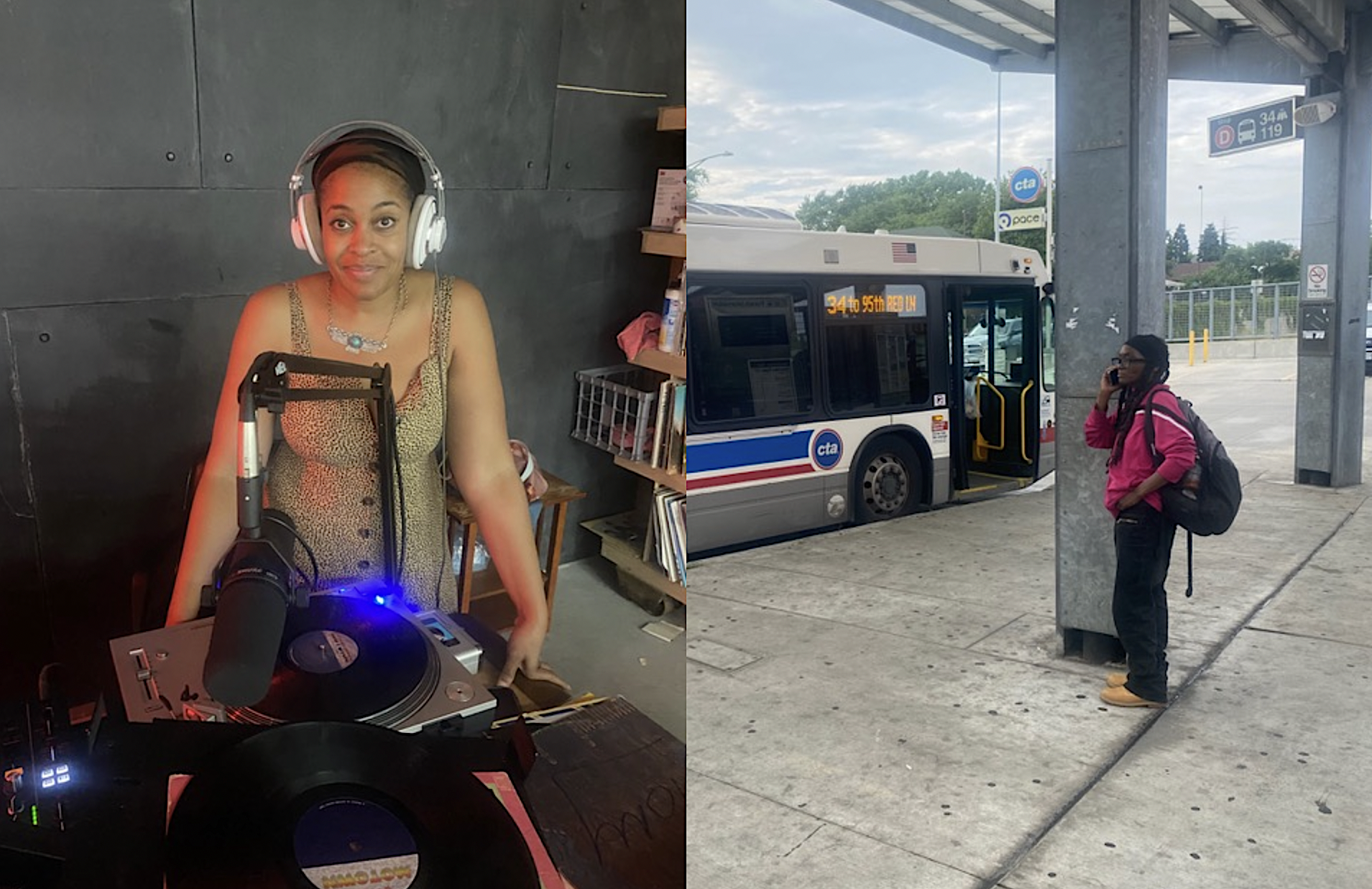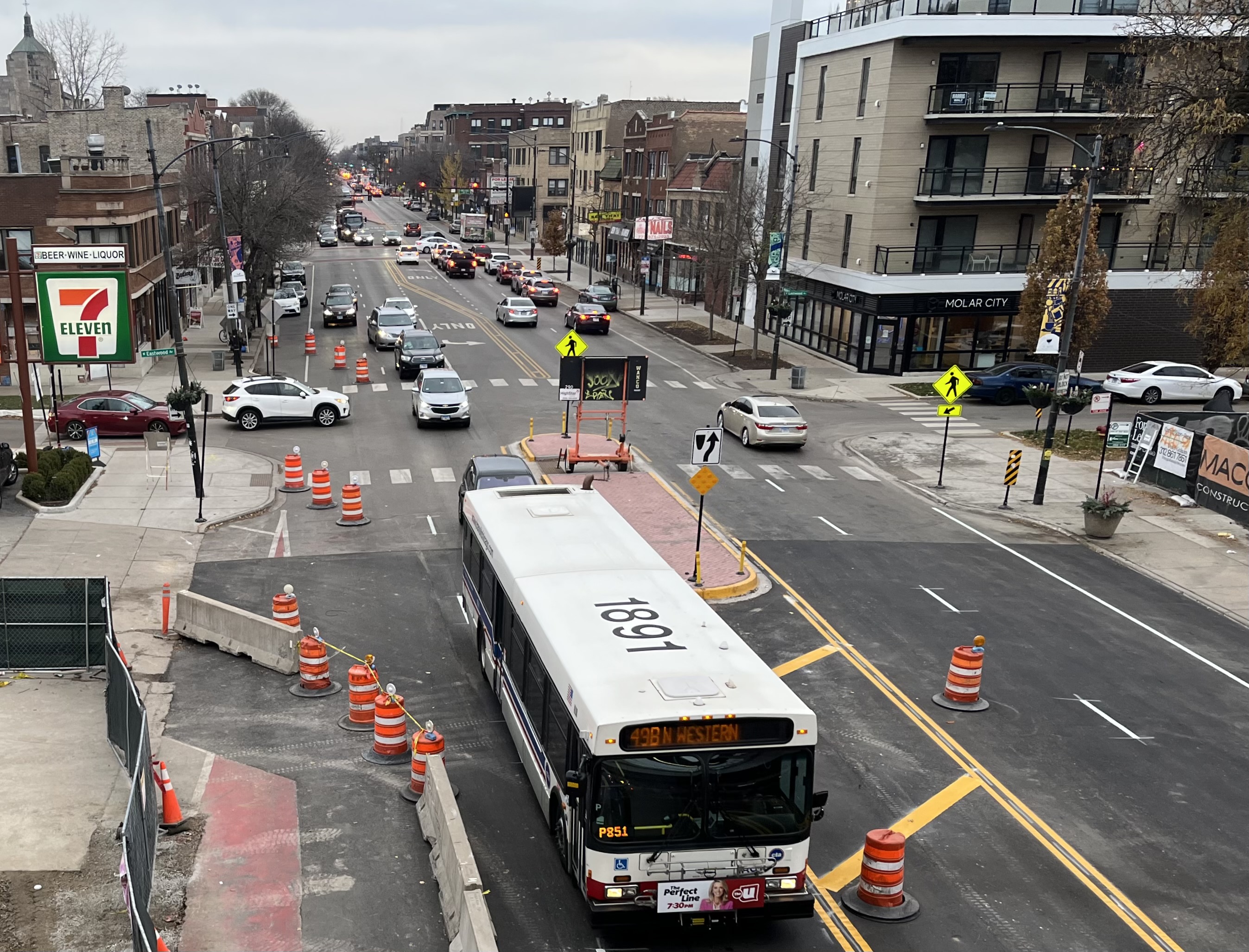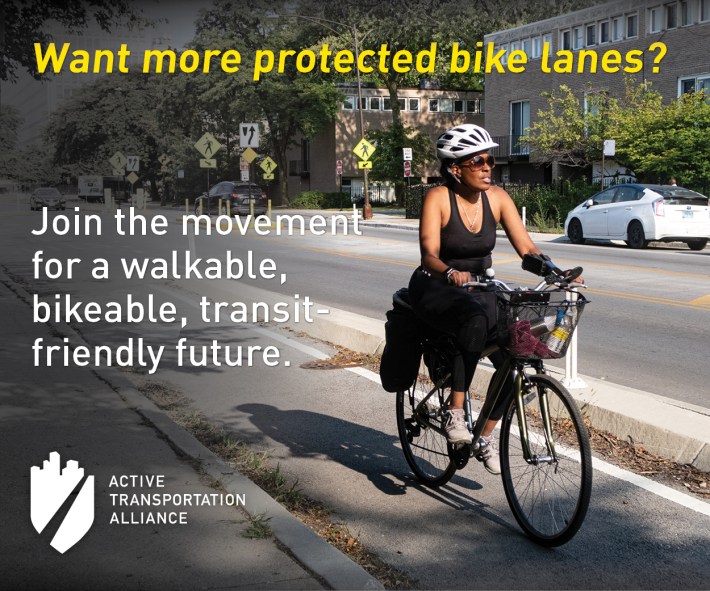
On a recent Friday, I stopped by the CTA's 95th/Dan Ryan terminal to check out a couple of things: the system’s only in-station DJ booth, and riders' viewpoints on the upcoming $5.7 billion Red Line Extension to 130th Street.
The DJ booth project, called "An Extended Song of Our People (AESOP)" is a public art installation brainstormed by Chicago artist Theaster Gates. The CTA believes it’s the first-ever artist-designed and built DJ and broadcast facility in a transit stop – anywhere.
AESOP has been running every summer since 2019, except for a brief hiatus during the pandemic. Live disc jockeys returned this year on May 30, and the 2025 program is curated by DJ Ayana Contreras, who is also spinning. The focus is on music with South Side roots, including Gospel, R&B, Soul, and Blues, played on vinyl records.
Other featured turntablists include DJ Junius Paul, Mr. Jaytoo, and DJ Dreea. Like 2024, this year there's live spinning on Mondays from 7-10 a.m., plus Wednesdays and Fridays from 3-6 p.m. The season lasts until Halloween, with no performance on Labor Day. View the schedule here.
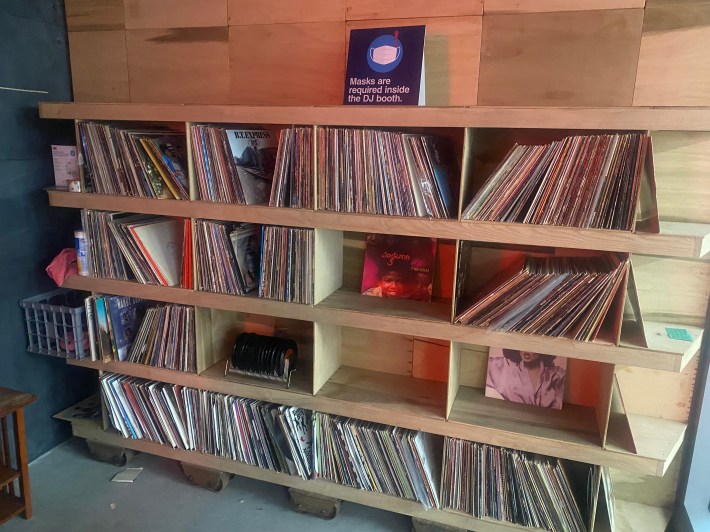
After I rode the train to the station in the afternoon, I made my way to the DJ area in the northern section of the building. While I expected to see two turntables out in the open alongside commuters and CTA staff, instead I found an entire room, decked out to look like the radio station of your dreams. In a darkly-lit space, shelves of LPs and 45s line one wall, while an animated neon installation showing a head with an expanding Afro shines from another wall.
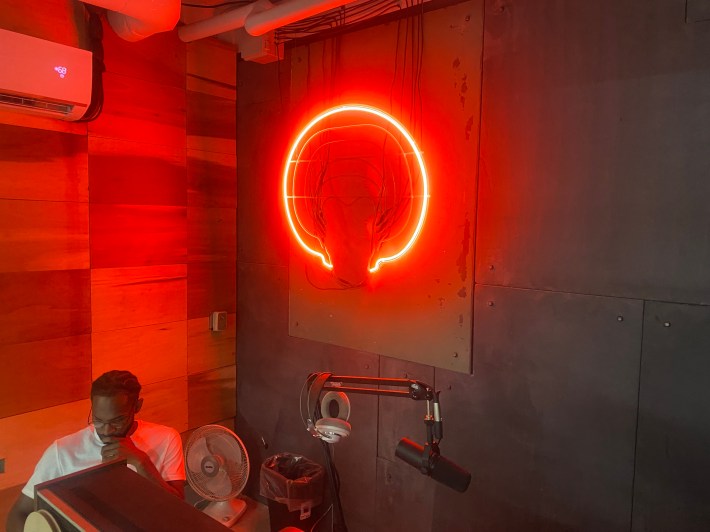
There I met Contreras, who told me some of the history of the installation. ”It was Theaster Gates' idea," she said. "It was based on a conversation we had. He got commissioned to do an art piece for the CTA, and he said to me: 'I'm gonna build you a radio station!' And I was like, 'Okay, cool!'"
Contreras specializes in '70s Soul. That day, her playlist included the likes of Atlantic Starr, Maze, Isaac Hayes, Stevie Wonder, The Spinners, and others. "This is a very specific gig," she said. "It’s not about ego, it’s about playing music that brings people back to a certain moment. I’ve found people that I know could do that." Contreras said she enjoys making people’s commutes more enjoyable with soothing sounds.
CTA customer Halethia Jones, waiting for the 34 South Michigan bus, which goes as far south as Chicago's Riverdale community area, confirmed that, saying the music "gets your mind off of what's going on, especially when you’ve ridden that train." She added, "A lot goes on that train, and my mentality is, I just want to get off.' [The music] relaxes you a little bit."
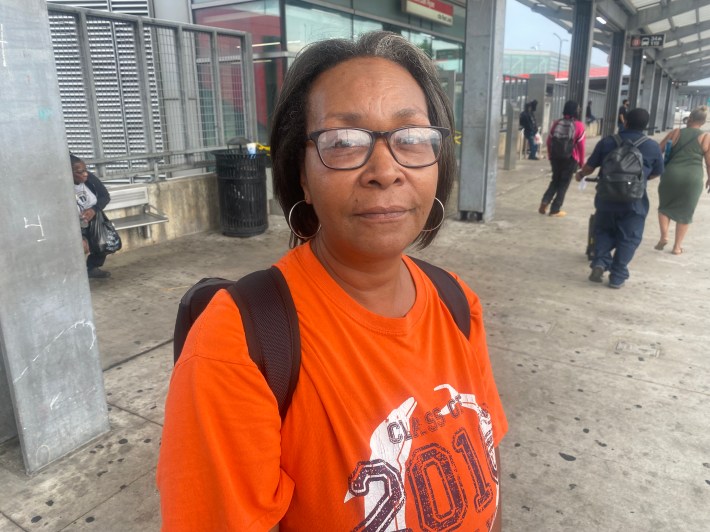
Rudolph Williams also awaiting the #34, said he too appreciates the live soundtrack. That is, as long as the music doesn’t distract CTA employees from their work, and any young people who stop by to hang out and dance mind their manners.
I asked Jones and Williams what they think about the Red Line Extension, which has been promised to Far South Siders for over half a century. The CTA plans to break ground on the project, which includes new stations near 103rd Street, 111th Street, Michigan Avenue near 116th Street, and 130th at the Altgeld Gardens housing project. In recent months, the initiative has gotten some pushback from editorials and op-eds arguing that the $1 billion-per-mile cost is excessive.

Williams said he appreciates that underserved communities will finally get rapid transit access. "Seems like a good idea [that] should have happened a long time ago." But he added that he’s concerned about the new stations attracting newcomers to the area, raising property values, and pricing longtime residents out of their neighborhoods. "If you know our history, white folks are coming back to the territory, and we don’t stand a chance at all," he said. "They’re moving [African Americans] further out to the suburbs."
Jones expressed a similar viewpoint. "It's a good idea," she said, noting that currently much of the Far South Side is only accessible by bus. "I hope the CTA can continue and can pay for it, and that it's going to be a benefit to everyone."
But Jones is also worried about the potential for gentrification and displacement. "Right now, they’re talking about how high the median housing price is to buy a new house in the city," she said. "A lot of people on this side can’t afford almost $400,000. That can’t happen over here."
"So, it’s good and it's bad," Jones concluded. "But I don’t want them to take forever…We’ve been standing around all this time waiting and waiting and waiting."

Did you appreciate this post? If you haven't already, please consider making a tax-deductible donation here to help Streetsblog Chicago continue to report and advocate on sustainable transportation issues in 2026. Thank you!
